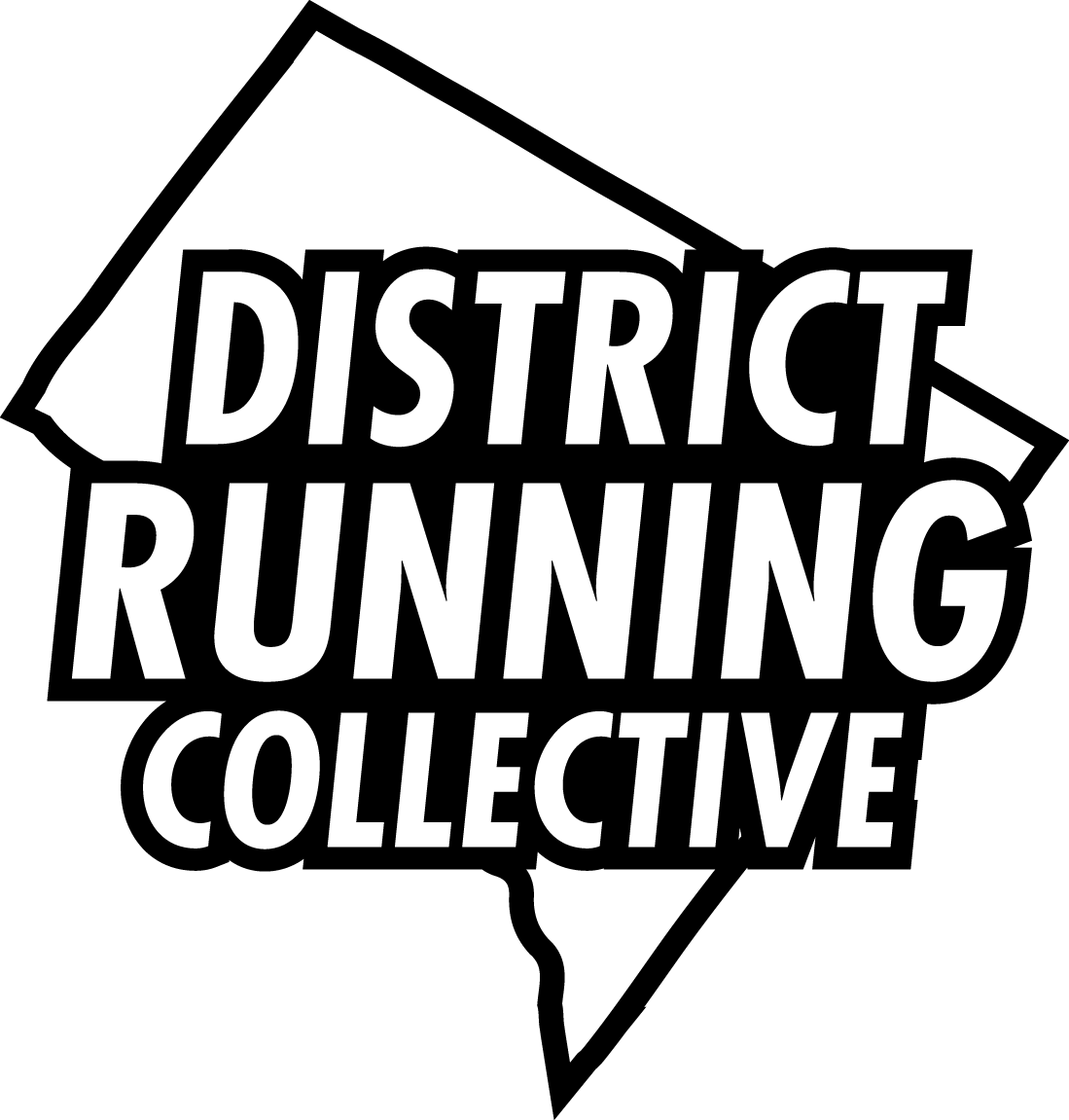Marine Corps Marathon 2019 – Tips for race day
The Marine Corps Marathon (MCM), also known as “The People’s Marathon,” drew 29,556 runners in 2018. This year, the race was a popular choice of many in the collective. DRC implemented a long-haul training program for those that are running marathons this fall.
With any race, despite proper planning and perfect training, some elements will simply be beyond your control once the 7:55 AM start time rolls around.
Here, Tammy Whyte (who has now run the race three times) shares what else she wishes she had known before her first MCM.
Prepare for any type of weather.
It’s October in DC, meaning one day it’s sweater weather and the next it’s 80 degrees and sticky. Tammy suggests testing out multiple race-day outfits ahead of time.
Don’t hit up the first Porta-Potties you see.
Between the Pentagon Metro and security, you’ll see a number of Porta Potties. Save yourself some time and keep moving as many more await you. Says Tammy, “Smirk and walk on by the people who stop on the way, and know there are more [Porta Potties] coming with shorter lines.”
There are no official corrals, so be prepared to dodge runners in the early miles.
As you line up, expect to find signs with projected finish times pointing you to your appropriate pace group. The corrals aren’t enforced, though, as in other large-scale races, meaning some runners who are a minute slower (or faster) than you might end up in your corral. When you start, Tammy recommends not wasting too much energy weaving in and out of the bottleneck of runners. “It will eventually clear out a bit and you’ll get into your running groove,” she says.
The crowds are awesome.
“DC is a vibrant running community, and the large groups that come out to cheer, as well as the hundreds of thousands of other spectators that make the race special, are a testament to this.” “Be sure to run right past them for high fives and a burst of energy.” Some of her favorite cheering stations are the Oiselle Volee Cowbell Corner (near mile 22), the District Running Collective crew (usually around miles 17 and 18), and the November Project (before the 14th Street Bridge).
Prepare to tear up at the “blue mile.”
Around miles 11 and 12, you’ll see pictures of fallen service members lining the course and volunteers holding American flags draped with black ribbons. The “blue mile” is intended to honor those who gave the ultimate sacrifice, their lives, for this country. “It’s a somber moment of the race and I always choke up.” “Bring tissues in your fuel belt.”
Mentally prepare yourself for the 14th Street Bridge.
Tammy was accurate on this one, “It’s the toughest part of the course. It’s around mile 20 when the fatigue is starting to settle in, there are no spectators, it’s slightly uphill, and there’s no shade on a sunny day. Tell your friends to spectate right before you run over it or right when you’re done to give you a much-needed boost.”
Power up that final hill to the finish line.
“The last hill is no joke, but the crowds are deep and the finish line is close, so drive those knees and arms to finish strong.” You all worked hard for this victory lap.
Hug the Marine who gives you your medal and call them “Lieutenant Last Name.”
The Marines handing out medals are newly promoted lieutenants, so you can make their day as much as they are making yours. And don’t forget to get a picture.
Prior to race day, figure out how you’ll get home.
If you’re taking the Metro, make sure there’s enough money on your card, as you don’t want to be waiting in line after you’ve run 26.2 miles. It can be challenging to get an Uber or Lyft with the number of road closures and the traffic, so you may need to wait. And if you’re meeting family and friends after the race, tell them to meet you in the family meet-up area, not right at the exit from the finish area. “You’ll want a few minutes to collect your thoughts before seeing your loved ones, and you also don’t want them to crowd the exit area for all the other runners,” says Tammy.
Above all, smile and enjoy yourself out there. Studies show that smiling while running can make it feel easier and improve performance. YOU GOT THIS!
